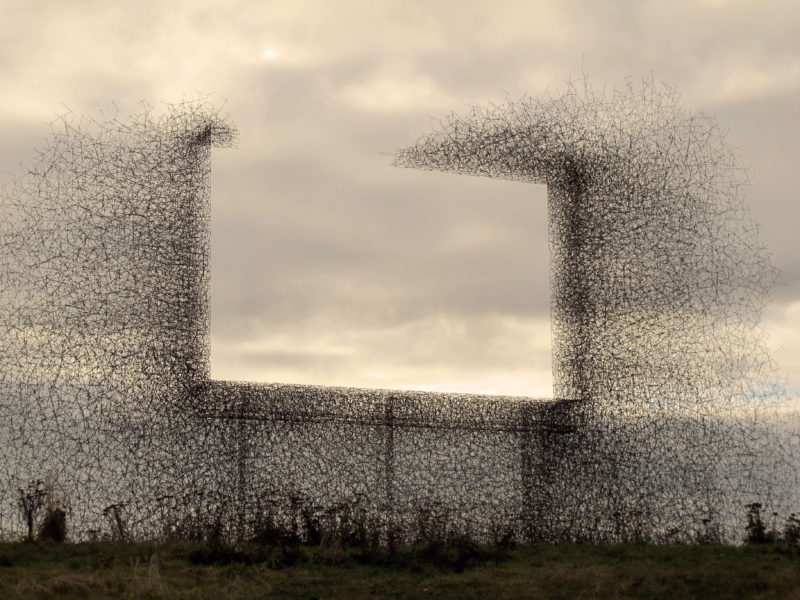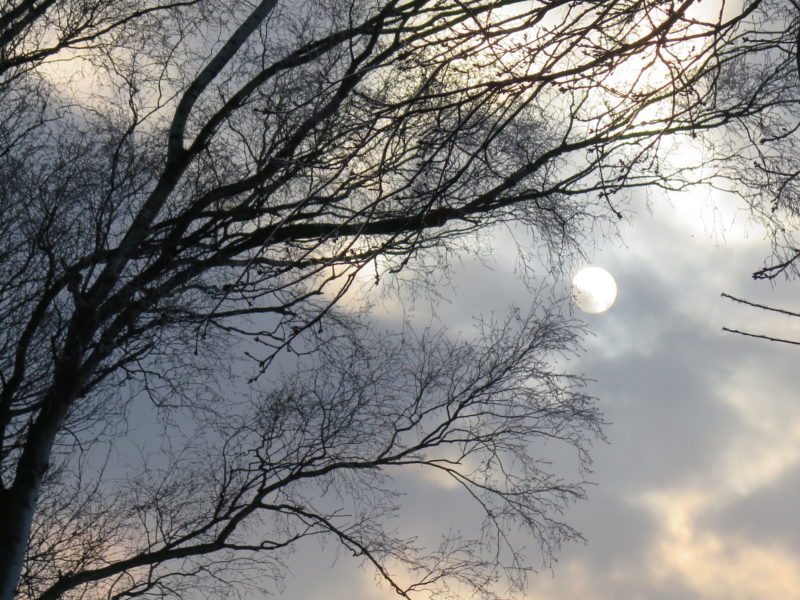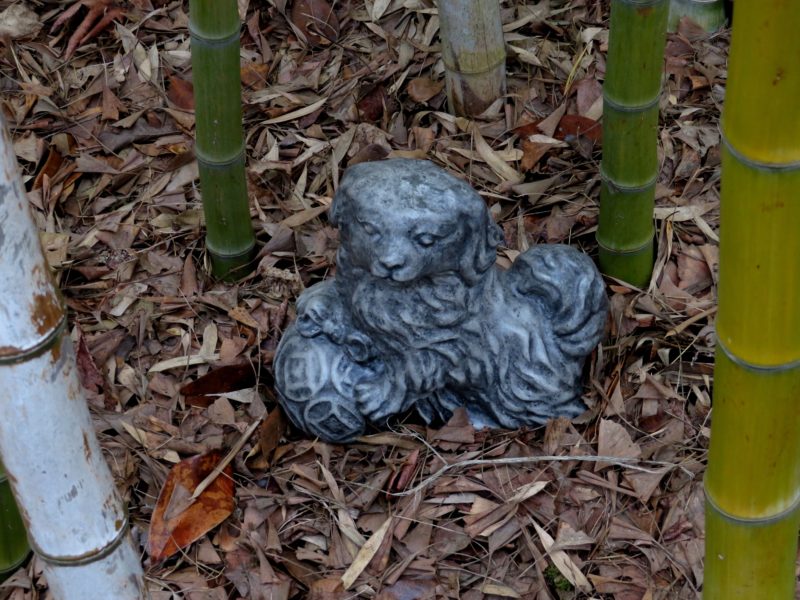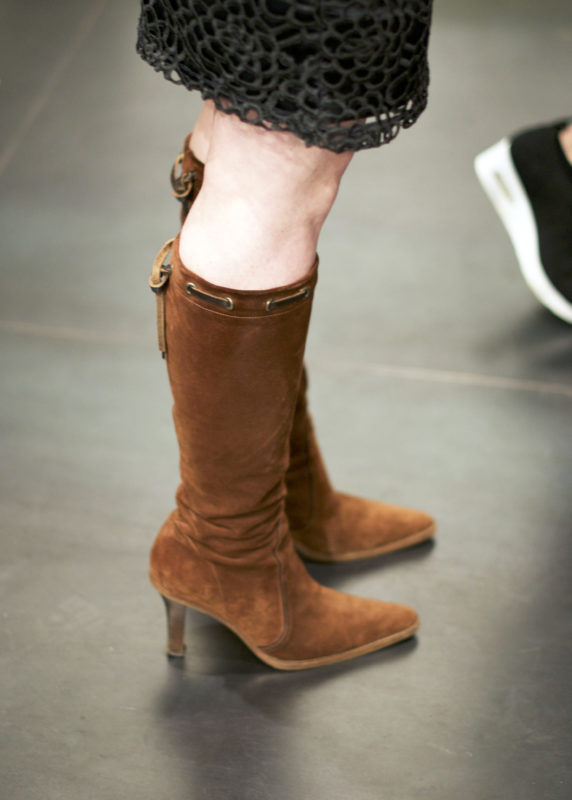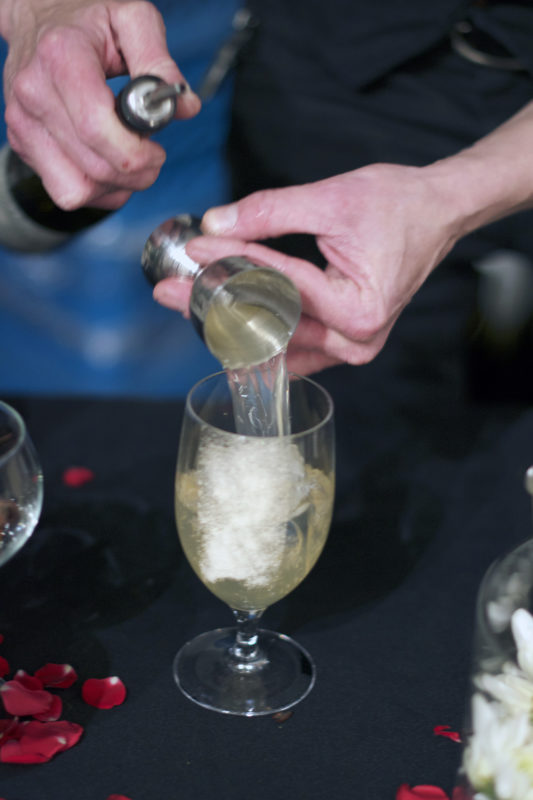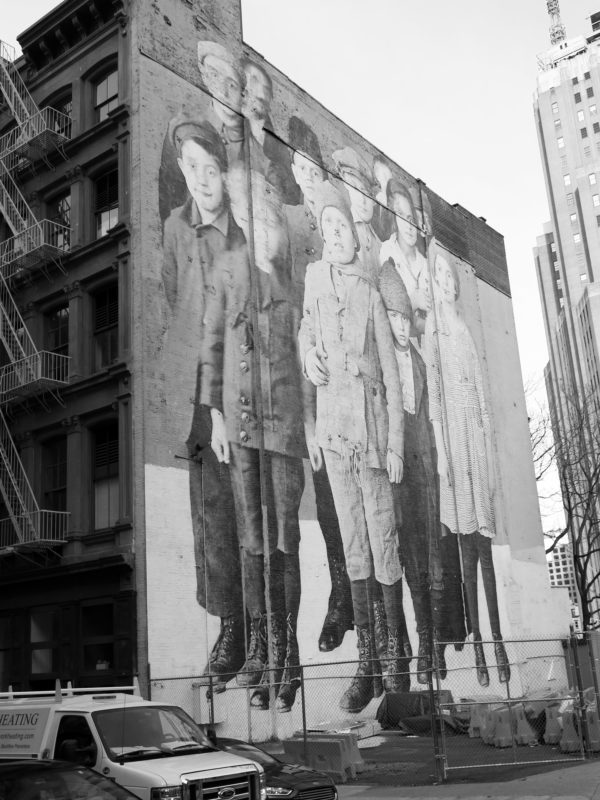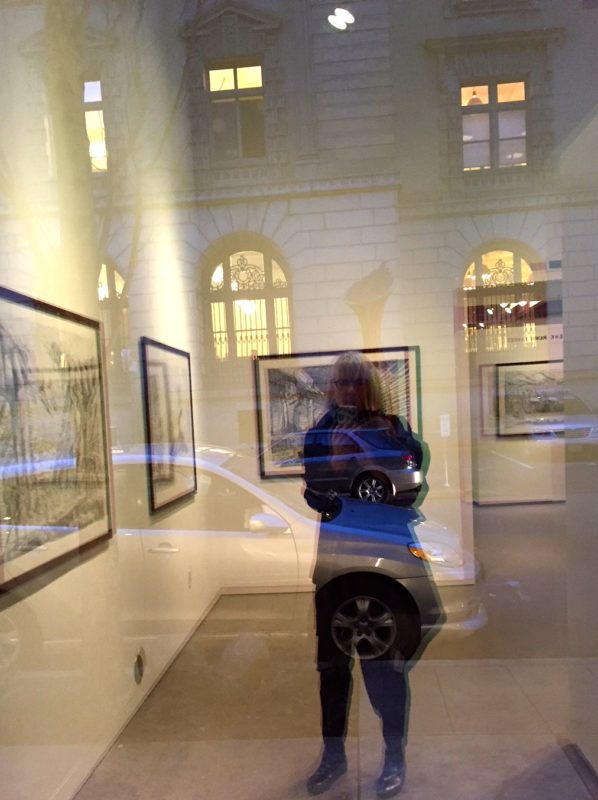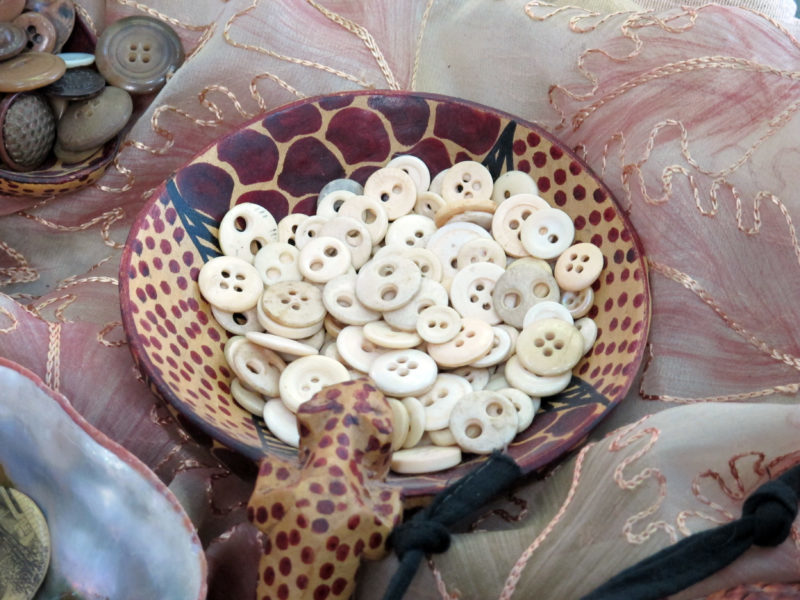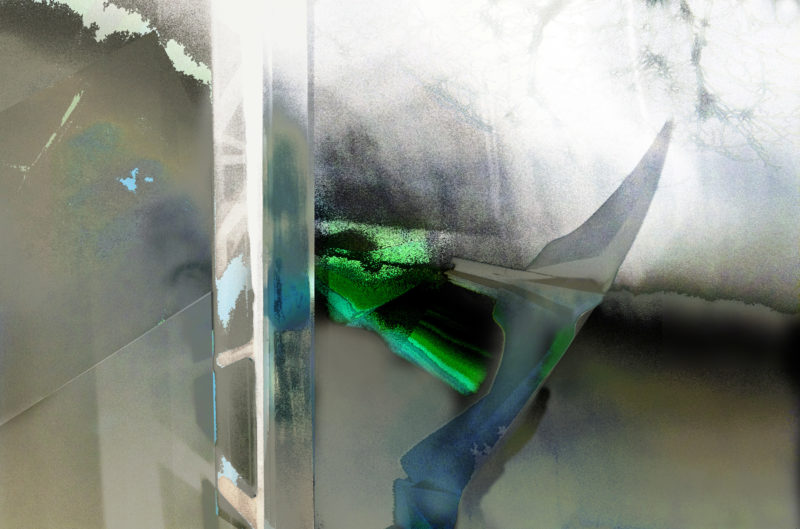
And it should be one. Landscapes can acquire a strange, beautiful quality inspiring anything from subtle goosebumps to an outright sense of the ominous. At least when photographed in the right light from the correct angle.

A lot of professional photographers have that down pat – partly because they are able to travel to landscapes that are inherently dramatic, partly because they know the craft to make the image focus on something particularly sublime and/or lurking. I tend to be dismissive of that, be it from jealousy or an allergy to “slick.”

However, I do make exceptions, when the people in question also display intellectual substance; case in point is the essay linked to below, – long, I warn you, but worth it – from Mark Meyer, a photographer of international renown, the kind you’d want to do your advertising.

Photograph by Mark Meyer
He describes enigmatic beauty but also talks about philosophers’ approach to nature and I found myself concurring with some of the observations made by them and him – on the scale of my own life as a lesser mortal wandering in more quotidian landscapes. This quote rang particularly true: 
https://www.photo-mark.com/notes/apocrypha-wild/
Here are more of my own photographs, taken in Eastern OR and the Silverstar trail in WA. Some I have probably shown before, they are just images I really like.



And then there are those photographers how have creative ideas that add to the enigma – like Henk van Rensbergen who created scenario that had animals as the sole post-apocalyptic survivors.



Back to naturally enigmatic landscapes, though. I certainly believe that documenting them involves representations of something invoking disquiet. Of the early Italian painters, no-one was better at that than Leonardo da Vinci. Look at any of his paintings that include landscapes, and you find something mysterious, unsettling. In our own times, Salvador Dali picked up on that and stretched it to truly otherworldly surroundings. Here is a link to an exhibit three years ago at the Dali Museum in St. Petersburgh, FL, that I only read about, but that made the point.
http://thedali.org/exhibit/dali-da-vinci-minds-machines-masterpieces/



I tend to gravitate towards trees as subjects of enigmatic landscapes, but really consider myself an omnivore. If the quote below exchanged the word color with light (or added that to it), it probably still holds, now for photography.
The poet Friedrich Schiller on the Italian paintings in the Dresden Gallery: “All very well; if only the cartoons were not filled with color. I cannot get rid of the idea that those colors do not tell me the truth.”




